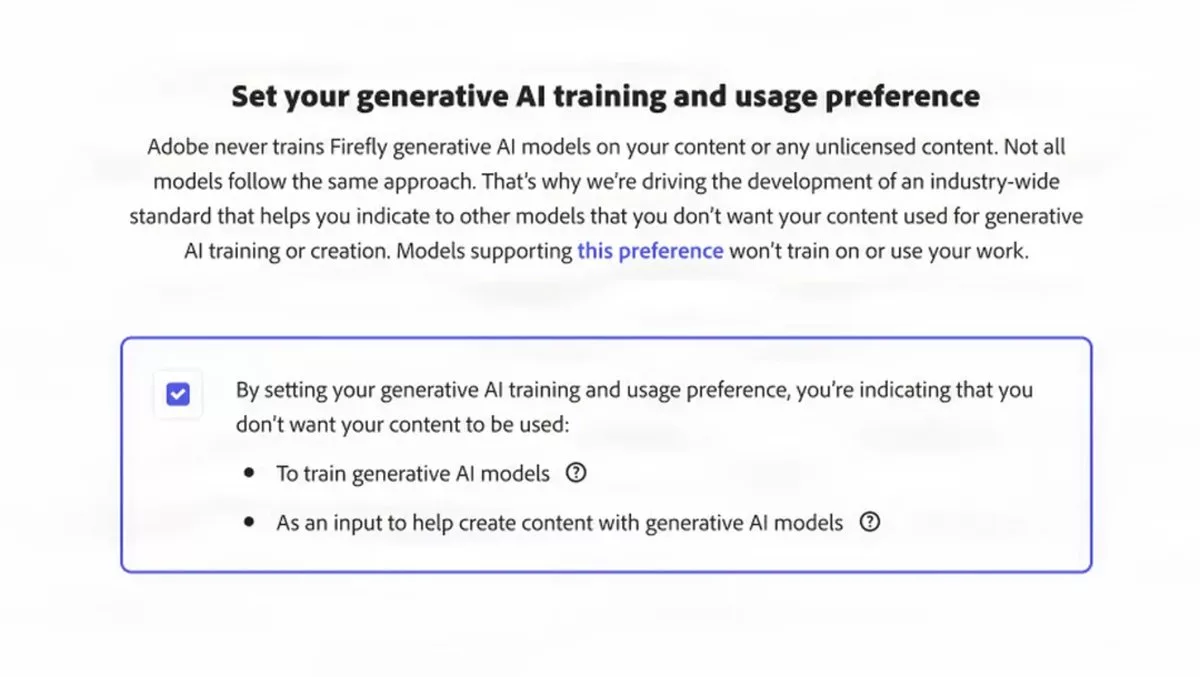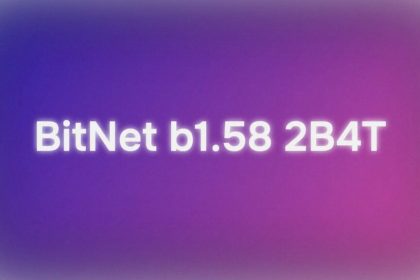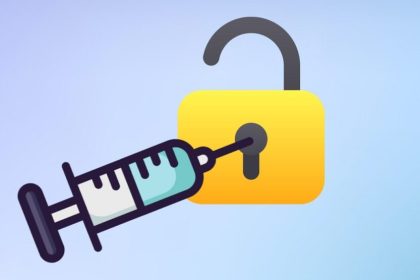Adobe wants to increase the credibility of the works of artists and artificial intelligence and differentiate between original content and content that artificial intelligence has produced; For this purpose, it has launched a free web application that users can use to add the creator’s information (such as name, website, and social media links) to their images, videos, and audio content.
According to The Verge, the “Content Authenticity” program allows users and content creators to prevent the use of their works in artificial intelligence-based models if the developer company cooperates. In fact, this program makes artists better able to protect their works and protect their rights against unauthorized use.
How Adobe Content Authenticity works
The new Adobe program is a place that shows who made different works, who owns them, and whether artificial intelligence tools were used in this process or not. It works with Adobe Firefly AI models and other Creative Cloud apps like Photoshop and Lightroom. The point is that users can apply these specifications to any image, video or audio file, not just those created with Adobe software.
Content Authenticity has created conditions for users to set priorities for using their works in training artificial intelligence models. Adobe AI models are only trained with licensed content, but the process can be applied to models from other companies as well. The company is trying to encourage more companies like Google and OpenAI to use this protection process.

Avoiding this process is not easy; Because any work can be recovered with techniques like digital fingerprinting, invisible watermarking and encrypted metadata. Also, Content Authenticity has a tool to check the license of the works that retrieves and displays the authenticity of the content and its editing history if it exists. In addition, the extension of this program is also under development (beta version). With its help, you can directly check the license of the works.
The public beta version of Content Authenticity is scheduled to arrive in the first quarter of 2025. If users do not have an account, they must first create an Adobe account and do not need to pay the subscription fee. Of course, the main challenge is the number of users and companies that are present in this process; Although 3,700 companies and organizations support Adobe’s new process, its continuation depends on increasing the number of companies active in this area.
RCO NEWS














